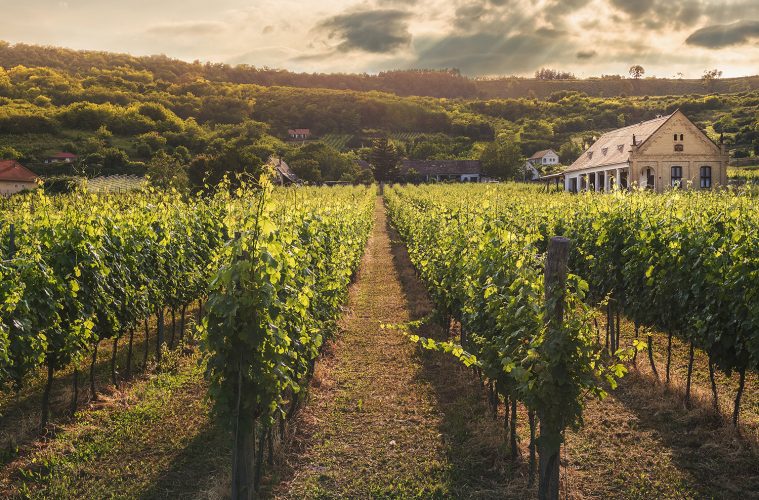For the month of May we are highlighting our newest Friend of MTF, Lucy Munene, from Nairobi, Kenya. Lucy is a food and lifestyle writer, growing food photographer and recipe developer who is small, hungry and always ready to eat.
What started off as a way for her to collect all the food at cafes all around Kuala Lumpur, turned into a food-filled career that now includes writing about food and taking pictures of it in between bites. Lucy currently writes for Yummy Magazine and she dreams of tasting as many cuisines and dishes around Africa before her palate (and stomach) can conquer the world. But first, maybe she’ll conquer her kitchen.
 Talking about wine in Nairobi is like talking about a long-lost friend. Once mentioned, you get a wide range of reactions that may include long-winded, confusing descriptions of tasting notes or horror-filled anecdotes on why someone is staying away from red wine. Either way, it’s bound to be an interesting conversation.
Talking about wine in Nairobi is like talking about a long-lost friend. Once mentioned, you get a wide range of reactions that may include long-winded, confusing descriptions of tasting notes or horror-filled anecdotes on why someone is staying away from red wine. Either way, it’s bound to be an interesting conversation.
Nairobi’s wine scene is home to a geographical map of wines which started off in the vineyards of Napa Valley, Marlborough and the Rioja region of Spain. Though, if you’re talking about African wine no place on the map is more familiar to Kenyan wine racks than the ever-growing world of South African wines. South Africans have had the luxury of conveniently finding the best that their wineries have to offer but for many Kenyans, we have only scratched the tip of the iceberg when it comes to discovering South African wine.  For years, Drosty Hof and Orange River Cellars have been the staple wines that have been served at parties and generously sipped over dinners. Throughout the past few years, however, with the growing food culture, the wine culture has risen up to meet it and suppliers have followed suit with providing quality wine. The palate of the average Kenyan wine drinker has expanded and just as gourmet burgers, Mexican cuisine and gastronomy have captured the taste buds and hearts of food lovers alike, wine lovers want to taste more as well. Whether it’s a rich and fruity Chenin Blanc that complements their view or a bold Pinotage that brings out the character of their meal, it feels like suddenly there is a whole world of wine out there to be sipped.
For years, Drosty Hof and Orange River Cellars have been the staple wines that have been served at parties and generously sipped over dinners. Throughout the past few years, however, with the growing food culture, the wine culture has risen up to meet it and suppliers have followed suit with providing quality wine. The palate of the average Kenyan wine drinker has expanded and just as gourmet burgers, Mexican cuisine and gastronomy have captured the taste buds and hearts of food lovers alike, wine lovers want to taste more as well. Whether it’s a rich and fruity Chenin Blanc that complements their view or a bold Pinotage that brings out the character of their meal, it feels like suddenly there is a whole world of wine out there to be sipped.
At glance, it’s easy to see that the most popular wines come from the Western Cape with Franschhoek, Stellenbosch and Swartland providing the bulk of wine that flies off shelves. What makes most novice/casual wine drinkers pick up a bottle is the packaging and there is no denying that Tall Horse and The Beach House striking colours are part of the reason they fill shopping baskets. Still, the understated monotone labels of Bellingham, Douglas Green, Waterford Estate and Painted Wolf lend an air of mystery to their contents and piques curiosity in the more visual consumer. The more experienced wine drinker, confirms their choice by studying the label so well you might think they were proofreading it. All hail the age of technology because these label readers no longer have to squint at tiny font sized descriptions, a quick search through your favourite wine directory or website lets you know that the bottle of Cape Blend that you ordered for the night pairs well with your staple medium-rare steak or if you’re feeling adventurous, gourmet burger.
The more experienced wine drinker, confirms their choice by studying the label so well you might think they were proofreading it. All hail the age of technology because these label readers no longer have to squint at tiny font sized descriptions, a quick search through your favourite wine directory or website lets you know that the bottle of Cape Blend that you ordered for the night pairs well with your staple medium-rare steak or if you’re feeling adventurous, gourmet burger.
Between wine delivery services, restaurants and liquor stores, sampling the different wines they all have to offer is like taking yourself on a wine crawl through the sweeping vineyard offerings of South Africa, albeit with a more generous pour in your glass in between each tasting. Here’s hoping that the wine continues to freely pour into our glasses as we enjoy this new discovery of South African wine.


